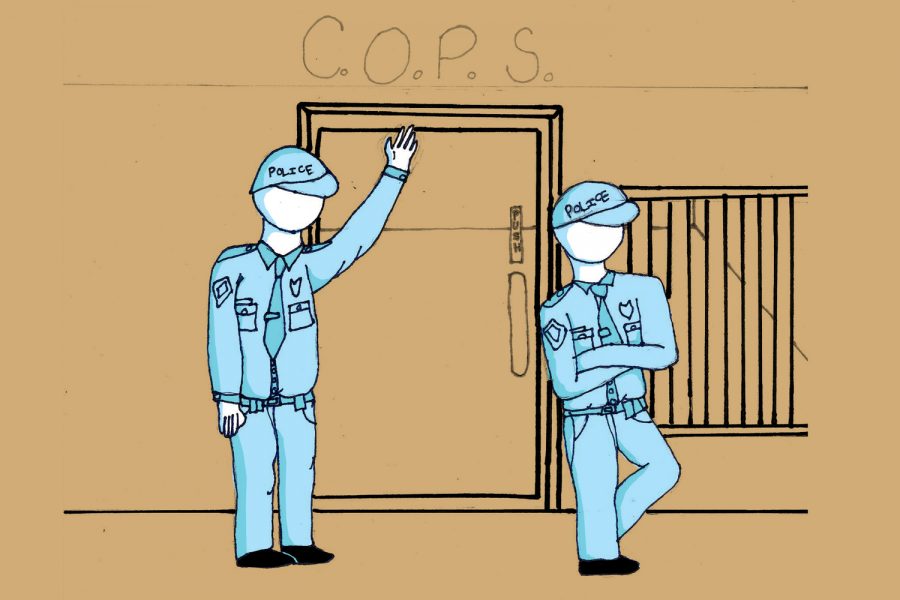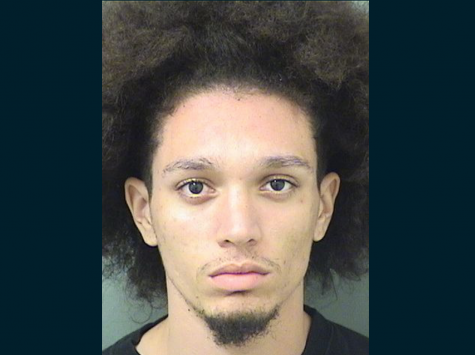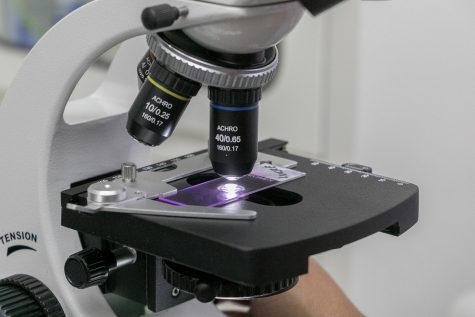University police plan to open new police office in Breezeway
The center will be used for student engagement.
April 19, 2016
You’ll notice a new police presence in the Breezeway in the next month, but don’t be concerned.
According to Florida Atlantic police Capt. Larry Ervin, the department will open a community outreach office in the Breezeway in early April.
The 24-hour Community Outreach Police Substation will be located adjacent to the bookstore and Traditions Plaza in Room 141.
A community outreach officer, a crime prevention officer and a road patrol officer will serve as staff in the new office, which will operate as a regular police station.
The move is a broader effort by the campus police department to interact with students.
“Everything happens on the Breezeway,” Ervin said. “If people can see us out there we will become a little bit more of a part of the community.”

Junior economics major Carrie Holloway believes the center could create an opportunity for more dialogue between students and the police.
“We don’t engage with the FAU police as much as we should,” Holloway said. “Having them here will enable us to tell them the things that we need.”
Chaim Bitterman, a junior mathematics major, was less enthusiastic about the increased police presence.
He believes the police are needed to maintain security, but said that students become nervous that criminal activity is taking place when they see too many officers around campus.
“We don’t really need anymore, I see too many,” said Bitterman.
The new station will be opened despite crime rates at the Boca Raton campus remaining largely stagnant over the past few years.
According to data provided by the police, between 2012 and 2014 there was a 37.5 percent decrease in burglaries, the most common criminal offense committed at FAU. During the same time period, police reported that crime decreased or did not change in 12 of 14 categories.
However, the percentage of police warnings have steadily increased. Most notably, police responses to drug and liquor-related incidents that result in disciplinary referrals to the office of the dean of students have increased by over 55 percent since 2012.
In 2014 alone, FAU police responded to 389 liquor-related incidents and 92 drug-related incidents on the Boca Raton campus. Over 90 percent of these incidents resulted in referrals for disciplinary action.
According to Deputy Police Chief Sean Brammer, it’s up to the discretion of a responding officer to decide whether an offense will result in an arrest or a referral.
“The officers take each case and the elements present and then make a decision,” Brammer said.
A student referred for disciplinary action by the police may incur penalties from the university including on-campus community service, removal from university housing, suspension and in certain instances, expulsion.
But despite relatively static crime rates on campus, there has been significant police activity in the Breezeway in recent weeks.
Since the beginning of March, police have responded to 17 incidents either near or in the Breezeway, including several criminal situations.
On March 30, police responded to a grand theft — which is a felony offense — in the Breezeway. Two weeks prior, police were called to General Classroom South, which is adjacent to the Breezeway, to look into a claim that a suspect was exposing their sexual organs to bystanders.
On Sept. 8, 2015, former freshman neuroscience major Emeil Stewart posted on the anonymous social media site Yik Yak that his friend planned on bringing a gun to school and shooting up the Breezeway.
After the FAU police department investigated and found that the post was false, they gave him an interim suspension from all Florida Atlantic campuses.
The incident raised fears that the university could become vulnerable to a shooting attack as threats of this nature have become a growing concern across U.S. college campuses. In 2015, there were 31 college shootings, and in 2014, a gunman shot three students at Florida State University in Tallahassee.
Cowart said, “If you look at what happened in Ferguson, the main thing they talk about is not having a connection with police … Now, we’re right here with you.”
Yehudah Rodman is a contributing writer with the University Press. To contact him on this or other stories, he can be reached at [email protected] or on Twitter.
















